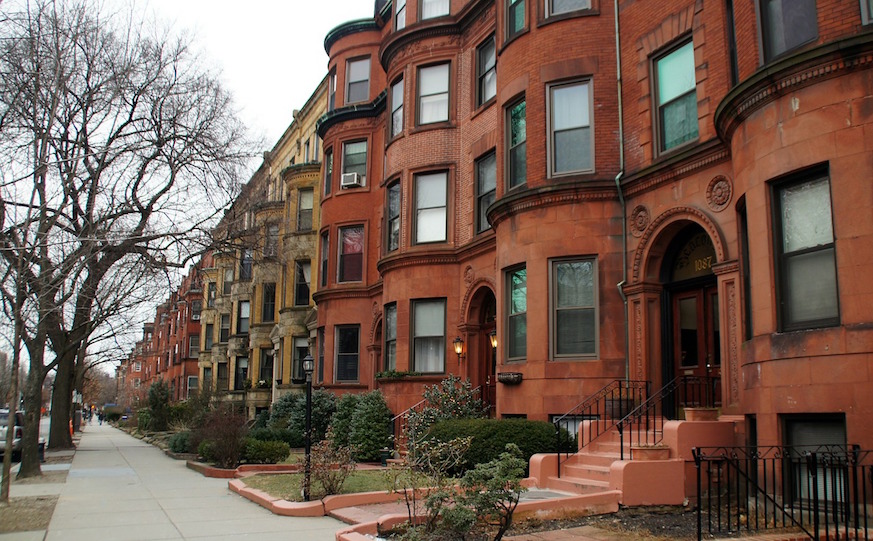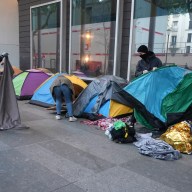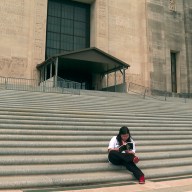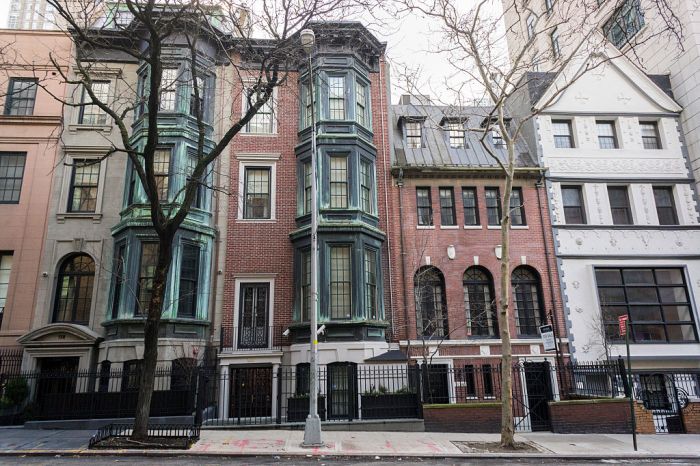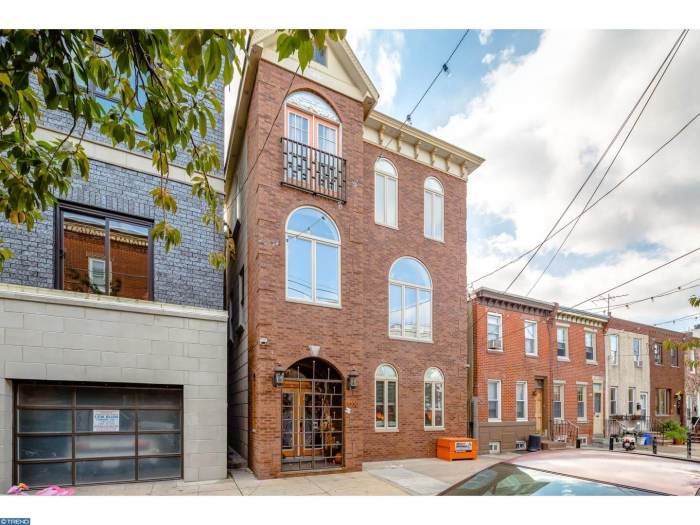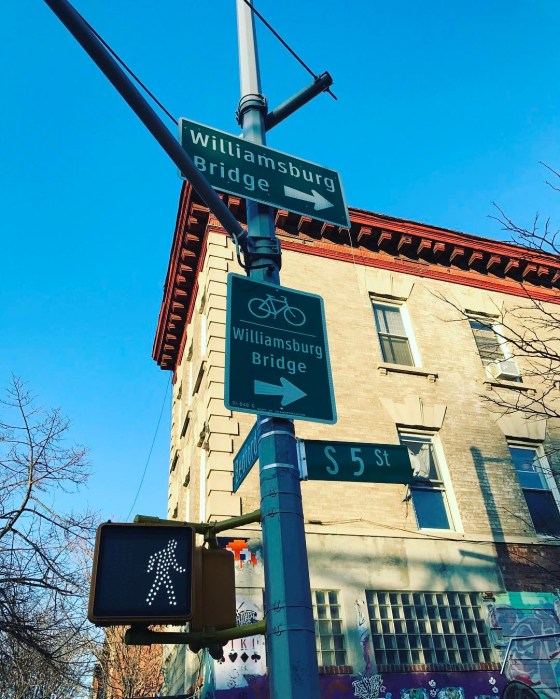To residents here, it’s no surprise that Boston rents are expensive. But how do Boston’s own neighborhoods stack up against each other?
Real estate site Zumper released a new report this week that mapped Boston neighborhood rent prices, and the picture, unsurprisingly, isn’t too pretty.
First, the report started off by noting that Boston as a whole climbed up a spot this month on a ranking of the top one-bedroom median rents across the country. Boston has earned the notoriety of being the fourth most expensive rental market in the U.S.
Boston actually tied with Washington, D.C., for the spot; in both cities, one-bedroom units rent for $2,200. In Boston, the price of two-bedroom units increased by .8 percent to $2,650. Boston beat out Los Angeles and Oakland in the ranking of the most expensive markets and came behind San Francisco, New York City and San Jose.
Within Boston itself, median rents can vary pretty widely. Another fact that doesn’t come as a shock: Downtown Boston was the most expensive neighborhood according to the report, with one bedrooms seeing a median monthly rent of $2,950 this summer.
A common complaint by Boston residents is the continuing rise of rents across the city, so what neighborhoods saw the worst increases?
Even if they aren’t the most expensive overall, Dorchester and Roslindale are getting hit hard by rising rates. The two neighborhoods had the fastest growing rents since last quarter, according to Zumper, increasing by 9.4 percent and 10 percent, respectively.
According to Zumper’s map, one bedrooms in Dorchester now have a median rent of $2,090 and in Roslindale, they go for $1,750.
The cheapest neighborhoods, per the report, are Mattapan, where one bedrooms average $1,400, West Roxbury, where they are $1,650, and East Boston, at $1,700.
In January, Boston saw its first dip in rents in almost seven years. After annually increasing rates, prices fell 1.7 percent, according to Reis Inc.

